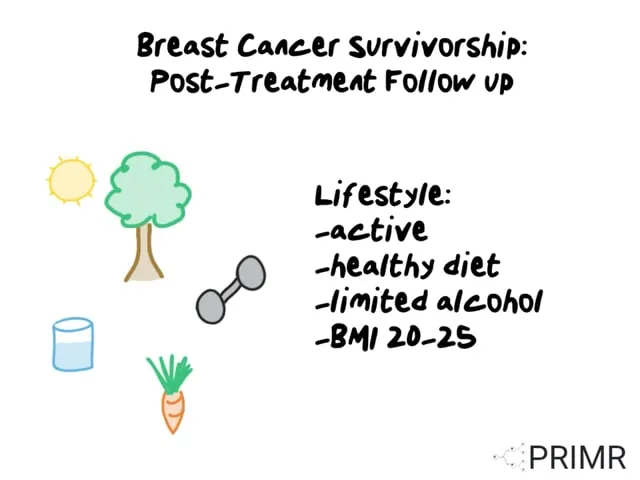Anatomy for Breast Cancer Treatment
This video is for women looking to have a basic understanding of anatomy so they can make sense of mammogram and ultrasound reports that locate an abnormality.We also discuss some aspects of anatomy that are important for breast cancer treatment.
Read the full video transcript below:
In this video, we'll talk about the aspects of breast anatomy that are important for understanding the results of your ultrasound and mammogram, as well as the anatomical considerations that come into play when planning breast cancer treatment.
First, if your doctor ever shows you an image of a result of a mammogram or an MRI, you should understand that the left is over here, and the right is over here because you, the patient, are in the screen looking back at us.
To make things simple and easily transferable between hospital systems, each breast is divided into four quadrants: upper outer, lower outer, lower inner, and upper inner quadrant. Ultrasound reports locate abnormalities based on where they would fall on the face of a clock.
Note that the outer aspect of the breast on the left is the 3 o’clock position, whereas on the right, the outer aspect of the breast is the 9 o’clock position. Under normal circumstances, fluid in the breast drains to lymph nodes in the armpit and just above the clavicle, also known as the collarbone.
If there are cancer cells in the breast, they can also follow this pattern of spread, and this can be important both for surgery as well as for radiation and chemotherapy.
Just beneath the breast are the muscles, bones, and nerves of the chest wall. The muscles are the pectoralis muscles, the nerves are in between the ribs, and the bones are, of course, the ribs themselves.
Just deep to the chest wall are the lungs, of course, one on each side. The heart lies between the lungs but extends mostly to the left side of the chest.
The location of the heart can be a factor in planning radiation therapy for women with left-sided breast cancer.
This is not medical advice. Talk to your doctor before making any medical decisions.








.jpeg)








